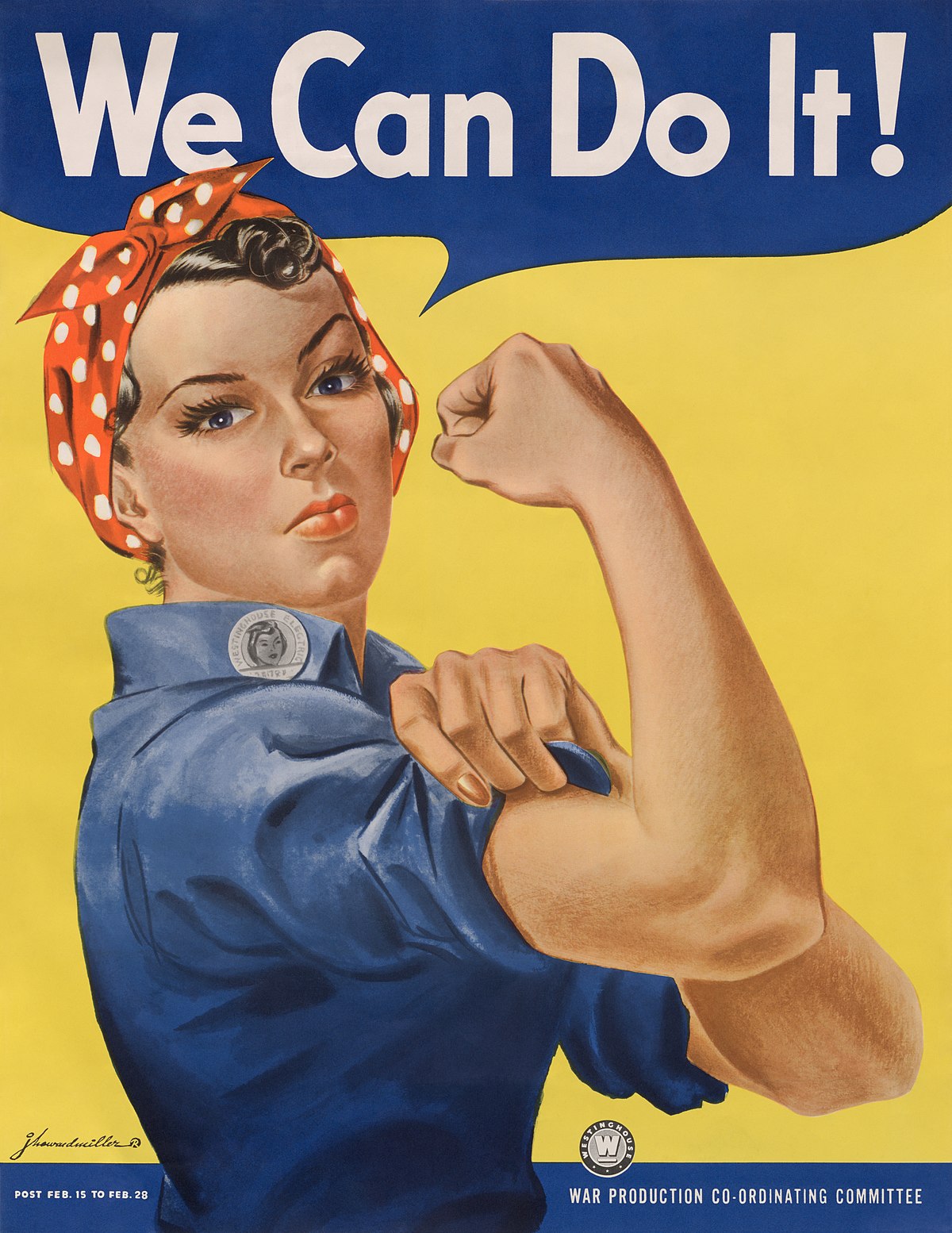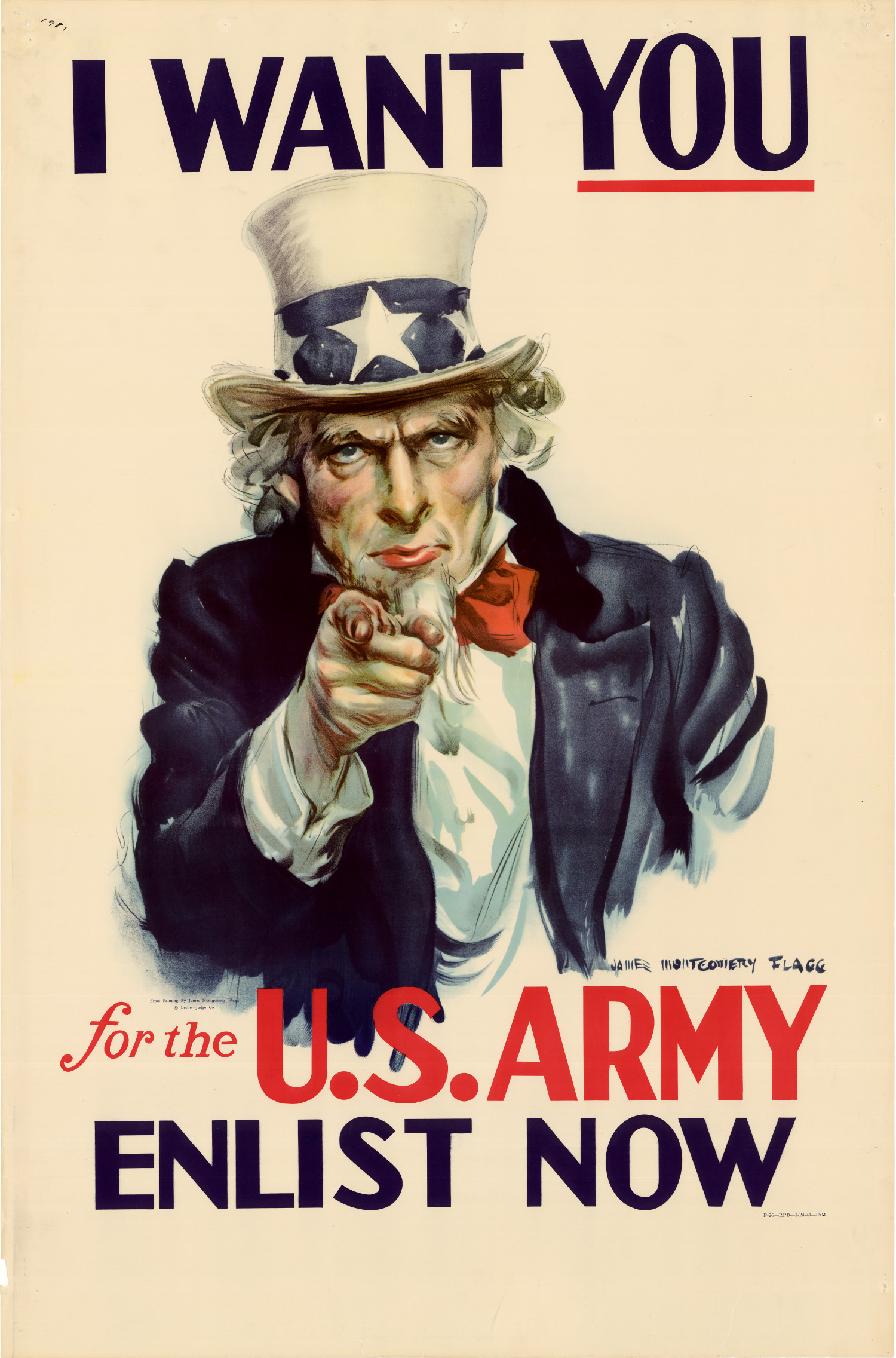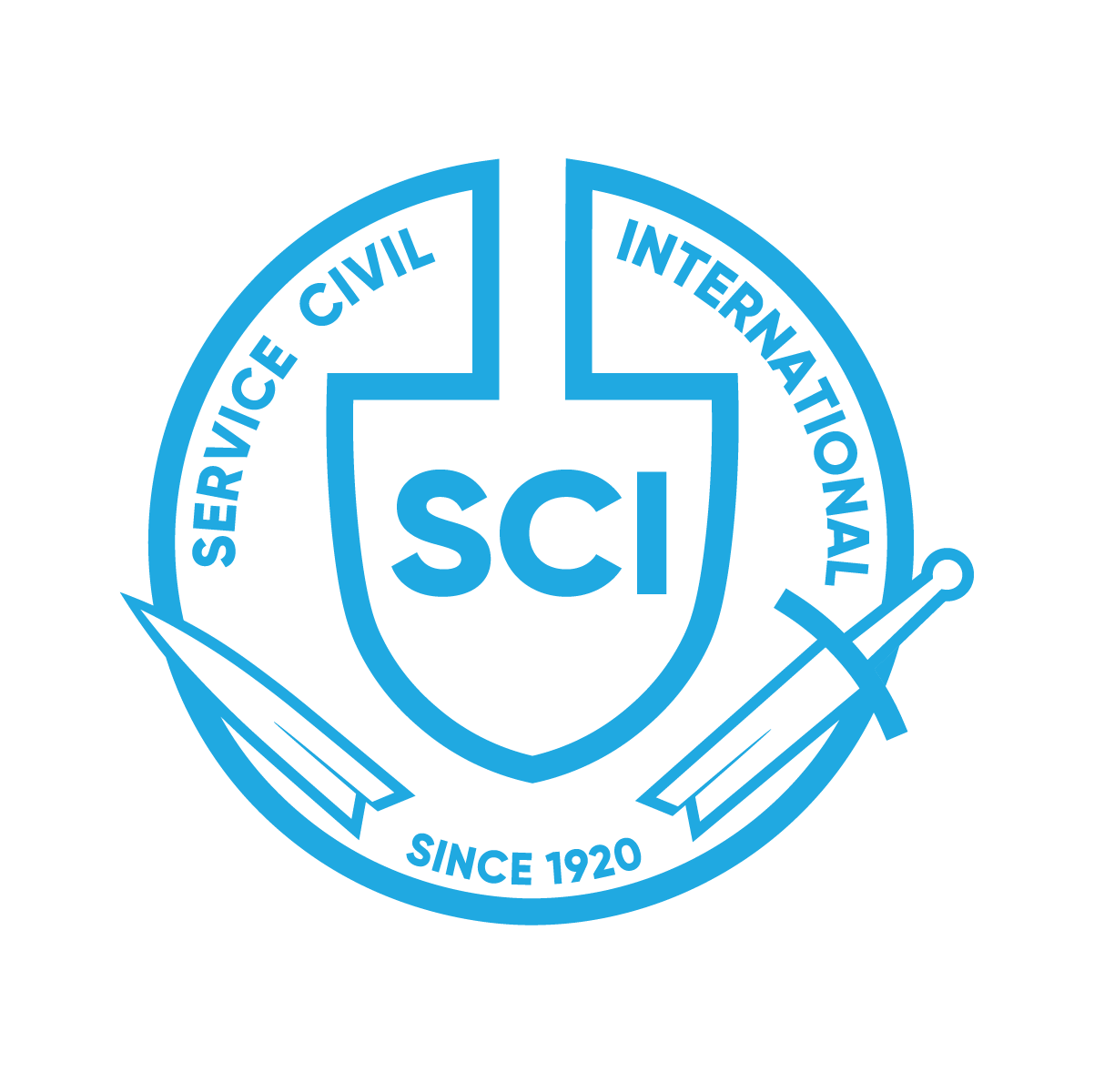Propaganda & fake news
In simplistic terms, propagating an individual’s views in a deliberate manner through communication channels is known as propaganda. However, when distributing fraudulent content with the purpose of presenting misleading or false information, it falls under fake news categorization.
Communicating efficiently with large groups/societies requires an understanding of filtering trustworthy sources from dangerous or doubtful material; assessing reports objectively; countering facts and maintaining unbiased standards. During times of conflict the spread of fake news and propaganda can be used as tactics to manipulate perceptions against enemies, as we have seen on a global level throughout history.
Activity: Let’s try to figure this out together. Take a look at these posters and write down everything you think they transmit. What do you think was the purpose behind them?


Here’s what they really wanted to transmit:
- Initially, the poster was created by J. Howard Miller in 1943 and was designed for internal use at Westinghouse Electric to uplift the morale of women already employed by the company. Contrary to popular beliefs, it didn’t start as a recruitment tool even though it turned into one. Rediscovered in the early 80s, the poster gained visibility in promoting feminism and is frequently mistaken for Rosie the Riveter.
- The I Want You poster, now considered the most well known poster globally, made its first appearance on the cover of Leslie’s Weekly on July 6th, 1916. This happened as the United States was entering the First World War, and the poster carried the title, ‘What Are You Doing for Preparedness?’. Featuring Uncle Sam, the poster depicted him pointing directly at the viewer, urging them to take action.
Further resources you can check:

